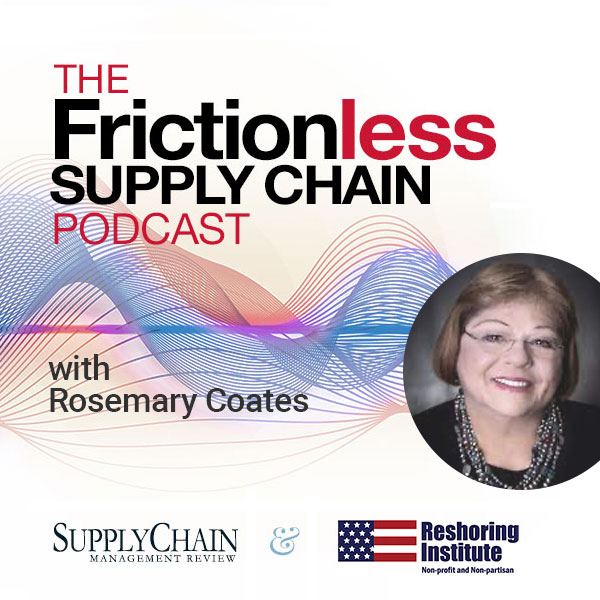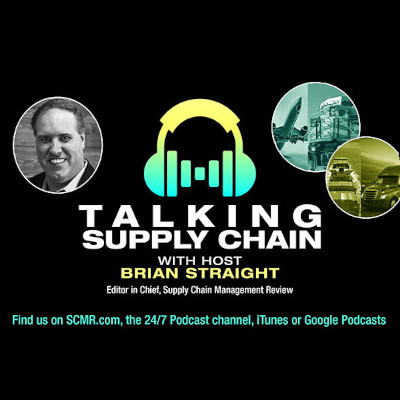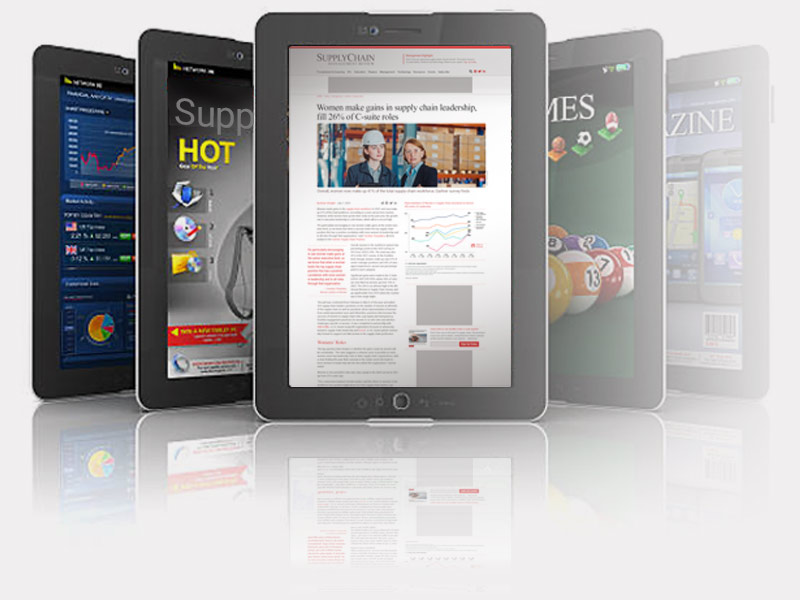Sorry, but your login has failed. Please recheck your login information and resubmit. If your subscription has expired, renew here.
May-June 2020
Most of the time, when I sit down to write this column I look at what I wrote for the previous year’s issue for perspective or inspiration. The truth is, nothing I’ve written before, or experienced in my 64 years, has prepared me for COVID-19. I’m sure that most, if not all, of you can say the same. Yes, it’s a global crisis, but closer to home, it’s a supply chain crisis. Quite simply, even the best supply chains, at least those that are still operating, are broken. Browse this issue archive.Need Help? Contact customer service 847-559-7581 More options
I was a business forecaster for five years. At the risk of boasting, I had a pretty good track record in forecast accuracy. However, most of that time I was dealing with a growth business that did not vary much because there was a lot of repeat business each year. Interestingly, I consider my best forecasting year to be the one that had the worst forecast accuracy. Here’s why.
In that year, revenues took a downturn and turned from growing to declining. And while I was less than perfect—I forecasted flat revenue growth after many years of growth—I caught a turning point in the business, and that was more important than forecast accuracy. Indeed, the mark of a good forecaster is whether he or she is able to project a drastic shift in the business climate because catching a turning point in a business is important for all of a company’s planning activities.
If the pundits are right about an impending economic downturn, these might be times that truly test the mettle of forecasters and planners. So, I’m dedicating this column to offering advice on how to forecast a turning point in your company’s business—both in terms of methods to identify it and advice on getting organizational buy-in, so that people believe in it enough to incorporate it into their planning.
Ways to forecast a turning point
In contrast to forecasting constant growth, or for that matter even a declining business climate, forecasting a turning point requires a greater understanding of what is really driving a business. In a constant growth environment, you can’t be too far off, nor have a significant adverse effect on operational planning activities, by only extrapolating trends from historical data. In order to forecast a drastic shift in a business, such as from growth to decline and vice versa, you require knowledge of what is going to make it so. That is, what factors will drive the drastic business change?

This complete article is available to subscribers only.
Log in now for full access or start your PLUS+ subscription for instant access.
SC
MR
Sorry, but your login has failed. Please recheck your login information and resubmit. If your subscription has expired, renew here.
May-June 2020
Most of the time, when I sit down to write this column I look at what I wrote for the previous year’s issue for perspective or inspiration. The truth is, nothing I’ve written before, or experienced in my 64 years,… Browse this issue archive. Access your online digital edition. Download a PDF file of the May-June 2020 issue.I was a business forecaster for five years. At the risk of boasting, I had a pretty good track record in forecast accuracy. However, most of that time I was dealing with a growth business that did not vary much because there was a lot of repeat business each year. Interestingly, I consider my best forecasting year to be the one that had the worst forecast accuracy. Here's why.
In that year, revenues took a downturn and turned from growing to declining. And while I was less than perfect—I forecasted flat revenue growth after many years of growth—I caught a turning point in the business, and that was more important than forecast accuracy. Indeed, the mark of a good forecaster is whether he or she is able to project a drastic shift in the business climate because catching a turning point in a business is important for all of a company's planning activities.
If the pundits are right about an impending economic downturn, these might be times that truly test the mettle of forecasters and planners. So, I'm dedicating this column to offering advice on how to forecast a turning point in your company's business—both in terms of methods to identify it and advice on getting organizational buy-in, so that people believe in it enough to incorporate it into their planning.
Ways to forecast a turning point
In contrast to forecasting constant growth, or for that matter even a declining business climate, forecasting a turning point requires a greater understanding of what is really driving a business. In a constant growth environment, you can't be too far off, nor have a significant adverse effect on operational planning activities, by only extrapolating trends from historical data. In order to forecast a drastic shift in a business, such as from growth to decline and vice versa, you require knowledge of what is going to make it so. That is, what factors will drive the drastic business change?
 SUBSCRIBERS: Click here to download PDF of the full article.
SUBSCRIBERS: Click here to download PDF of the full article.
SC
MR


Latest Supply Chain News
- Despite American political environment, global geopolitical risks may be easing
- Joseph Esteves named CEO of SGS Maine Pointe
- Employees, employers hold divergent views on upskilling the workforce
- April manufacturing output slides after growing in March
- Q1 sees a solid finish with positive U.S.-bound import growth, notes S&P Global Market Intelligence
- More News
Latest Podcast

 Explore
Explore
Business Management News
- Joseph Esteves named CEO of SGS Maine Pointe
- Employees, employers hold divergent views on upskilling the workforce
- April manufacturing output slides after growing in March
- Q1 sees a solid finish with positive U.S.-bound import growth, notes S&P Global Market Intelligence
- 6 Questions With … Sandeep Bhide
- MIT CTL offering humanitarian logistics course
- More Business Management
Latest Business Management Resources

Subscribe

Supply Chain Management Review delivers the best industry content.

Editors’ Picks





